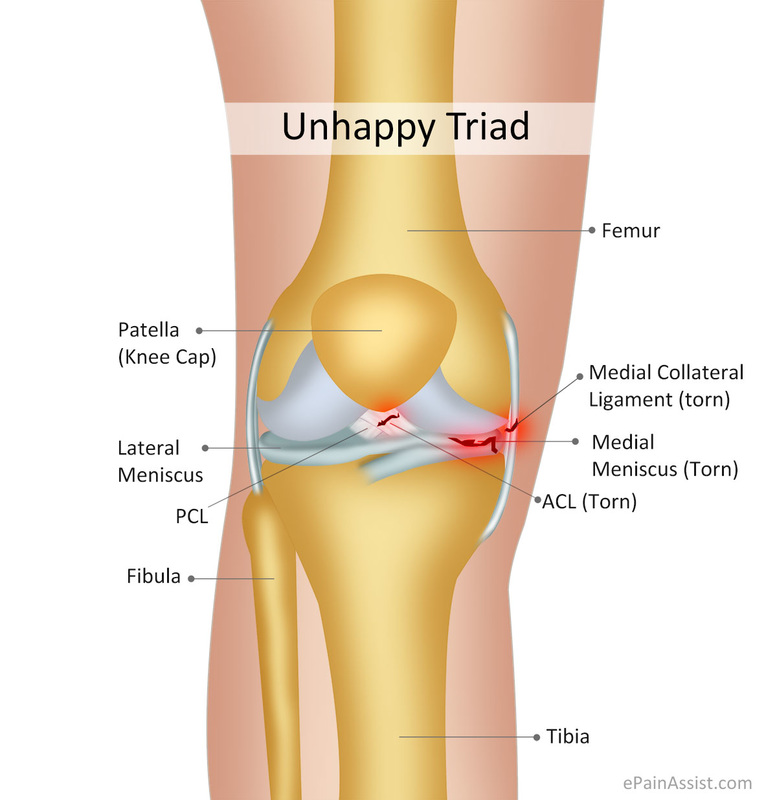|
(This blog was originally written by Dr. Tierney when she was a student on rotation at Sports PT in Rochester, NY in November 2014. The Blog appears on their website at http://www.sptny.com/blog/?p=2202.)
Unless a traumatic injury occurs (like a dislocated hip and a concurrent tear after a car accident or a fall), hip acetabular labral tears often get misdiagnosed or go undetected. This is because non-diagnostic testing for labral tears coincides with more common problems like tendonitis. The “hip labrum” is the cartilage that surrounds the socket of the ball and socket joint in the hip. It helps to provide greater stability by forming a ring around the edge of the socket. It is frequently torn, and here are some signs that you may have an acetabular labral tear:
Sources:
Knee injuries are very common in athletes due to high impact collisions and cutting or direction changes.
A very common injury in sports with high impact and/or sudden cutting and direction changes is a tear to the ACL (Anterior Cruciate Ligament) in the knee. This ligament runs from the femur (thigh bone) to the tibia (shin bone) and prevents the femur from moving too far forward or slipping off the tibia. There are 3 other ligaments in the knee that prevent excessive movement in all directions, the PCL (Posterior Cruciate Ligament), MCL (Medial Collateral Ligament) and LCL (Lateral Collateral Ligament). These ligaments, along with the medial and lateral menisci that act as a cushion on top of the tibia, provide all around stability in the knee and maintain the bending motion required for ideal knee function. In some occasions, ACL tears are accompanied by tears to the MCL and medial meniscus, thus resulting in the “unhealthy triad” injury of the knee. This injury is characterized by extreme pain, swelling, a popping or tearing sound at the time of impact, a feeling of instability and difficulty moving or standing on the knee. An x-ray or MRI will confirm the diagnosis and depending on the severity of the ACL, MCL and meniscus tears, surgical repair is recommended, followed by physiotherapy for a safe recovery. |
AuthorWrite something about yourself. No need to be fancy, just an overview. Archives
May 2017
Categories |

 RSS Feed
RSS Feed
